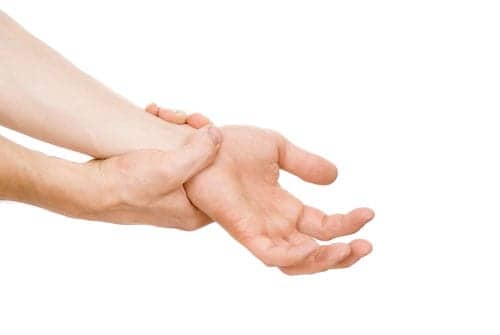
Researchers add that the treatment was customized to each individual and combined transcranial magnetic stimulation delivered to a specific part of the motor cortex with electrical stimulation to peripheral nerves found in the wrist.
Karen Bunday, PhD, study co-author, University of Pittsburgh, explains that, “When pulses from the motor cortex were precisely timed to arrive at the spinal cord one or two milliseconds before pulses from the peripheral nerve, we observed an increase in spinal cord transmission and voluntary motor output for up to 80 minutes.”
The results suggest that following the treatment the majority of study participants were able to exert more force with their hand muscles. Researchers report that these effects were exhibited in patients through greater manual dexterity when asked to grasp and manipulate small pegs with the index fingers and thumbs.
Monica Perez, PT, PhD, University of Pittsburgh, notes that the approach builds on earlier work and illustrates the significance of the corticospinal tract, highlighting it, “as an important target for intervention after spinal cord injury.”
The researchers add the additional, prolonged use of the technique or blending it with other rehabilitation strategies may improve its therapeutic benefits. The release also notes that in the future the protocol may also be used in the treatment of other kinds of motor disorders involving damage to the corticospinal tract.
The findings appear in Current Biology.
Source: Cell Press




